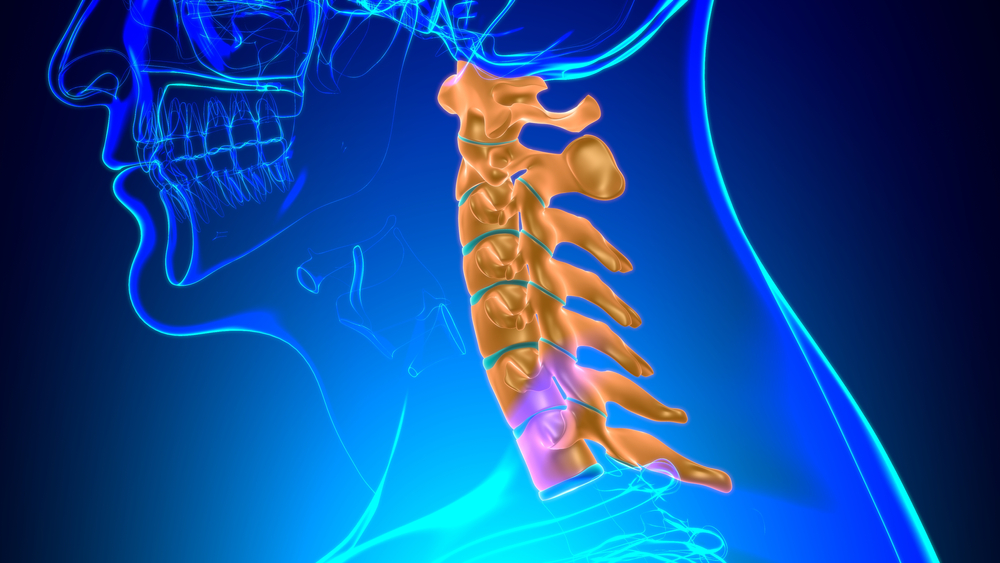One of a selection of treatments for spinal stenosis, a cervical laminoplasty involves releasing the excess pressure by reshaping the spinal canal. This process involves reshaping or repositioning the roof of the vertebra, known as the lamina. This differs from a laminectomy in that nothing is removed from the area in favor of reshaping it to accommodate the nerves passing through. This procedure does not fuse the spine. So patients will retain their prior range of motion. Like most surgical treatments, laminoplasties are generally suggested when all other non-invasive treatment options have been tried or ruled out as an option.

When Is A Cervical Laminoplasty Necessary?This procedure is effective for treating spinal stenosis in the neck that affects multiple levels (More than 1 level). The term spinal stenosis describes a condition where the spinal canal becomes narrow due to the degradation of discs, growth of bone spurs, or degeneration of the joints surrounding it. Some people might be born with spinal stenosis, and this is referred to as congenital spinal stenosis. As the arthritic joints gain bulk from growths, they can impact the available space for nerve roots, resulting in them becoming compressed. This condition can also be caused by the thickening of ligaments around these nerve bundles. All of the aforementioned conditions can be the cause of spinal stenosis, and as the condition worsens, a host of symptoms can appear.Cervical spinal stenosis symptoms include:
- Weakness in the arms and hands
- Tingling sensations in the neck, shoulder, arms, or hands
- Numbness in the arms
- Pain in the neck, shoulders, arms, hands
- Problems with balance and coordination
- Problems with bladder and bowel function
A cervical laminoplasty helps to relieve pressure on these nerves by eliminating the cause of the pressure without interfering with the stability of the surgical site. Another name for this procedure is an “open door laminoplasty.” This is a result of the hinging of one portion of the vertebrae and the cutting of a “door” on the other side so that it can be opened and the work performed. What Is The Recovery Time From A Cervical Laminoplasty?The minimally invasive nature of a cervical laminoplasty makes recovery shorter than with traditional fusion procedures. Since this is not a fusion surgery, you can begin moving your neck immediately after surgery. This is typically an overnight stay at the hospital. Most patients will report improvement in their arm pain or numbness after surgery. The soreness from the surgical procedure in the neck will improve over the next few weeks. Follow up visits with Dr. Zahir are at 2 weeks, 6 weeks and 12 weeks.



